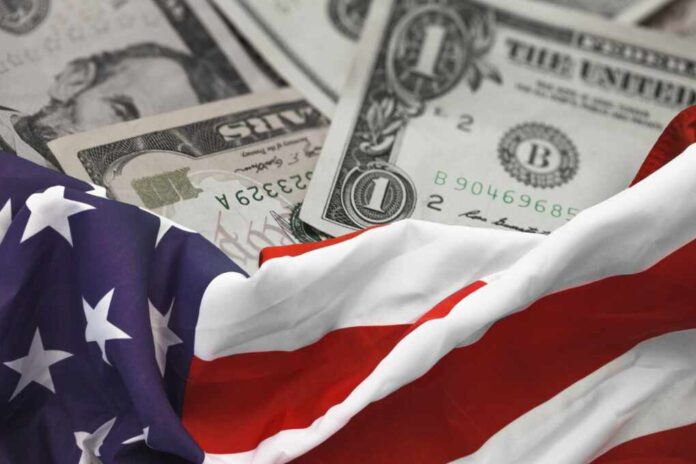
In the world of “Bidenomics,” the specter of an “affordability crisis” looms large, particularly in the realm of essential commodities like food. Despite official statistics indicating a moderate Consumer Price Index (CPI) bump of 3.1%, down from 9.1% in June 2022, the reality for the average American is starkly different. The CPI, often cited as the de facto inflation rate, fails to include critical items such as food and gas prices. This glaring omission paints an inaccurately rosy picture of the economy for the benefit of establishment politicians.
According to the Bureau of Labor Statistics, while non-farm wages have risen by 4.1% in the past year, inflation-adjusted real hourly wages have plummeted by 4.7% since Joe Biden assumed office in the White House.
We Have an 'Affordability Crisis' and It's Slamming Our Food Budgets https://t.co/GFlM6YFjm8
— tom carbone (@oneyedjack) January 8, 2024
Former Trump economic advisor Larry Kudlow describes the new trend as an “affordability crisis,” emphasizing declining wages alongside rising prices. The implications are evident in the everyday lives of citizens, with basic staples like eggs and milk witnessing unprecedented price hikes.
The Biden administration’s Department of Agriculture (USDA) projects a slowdown in inflation and interest rates for 2024, with some crop prices expected to decline. Nevertheless, Andrew Larson, director of government relations for the Illinois Soybean Association, recently noted the persistent challenges faced by the agriculture industry, including rising fuel costs and difficulties in accessing essential supplies like fertilizer and seed.
As a result, most analysts are not predicting any noticeable drop-off in the food price increases that have plagued the nation in the last three years. Bob Maltsbarger, a senior research economist at the University of Missouri, explains that lower crop prices do not instantly translate into reduced consumer prices due to additional processing, packaging, and transportation costs that are unfortunately continuing to surge.
The issue is compounded by a generational wage gap, as highlighted by a study by Nicola Bianchi, assistant professor of strategy at Kellogg. The wage disparity between older and younger workers has widened significantly, with those over 55 experiencing substantial wage increases compared to their younger counterparts. This gap, driven by older workers occupying higher-paying positions longer, exacerbates the challenges younger workers face, further impacting their purchasing power and economic prospects.
While government statistics like the CPI provide a broad overview, they often mask the reality experienced by ordinary Americans.
































